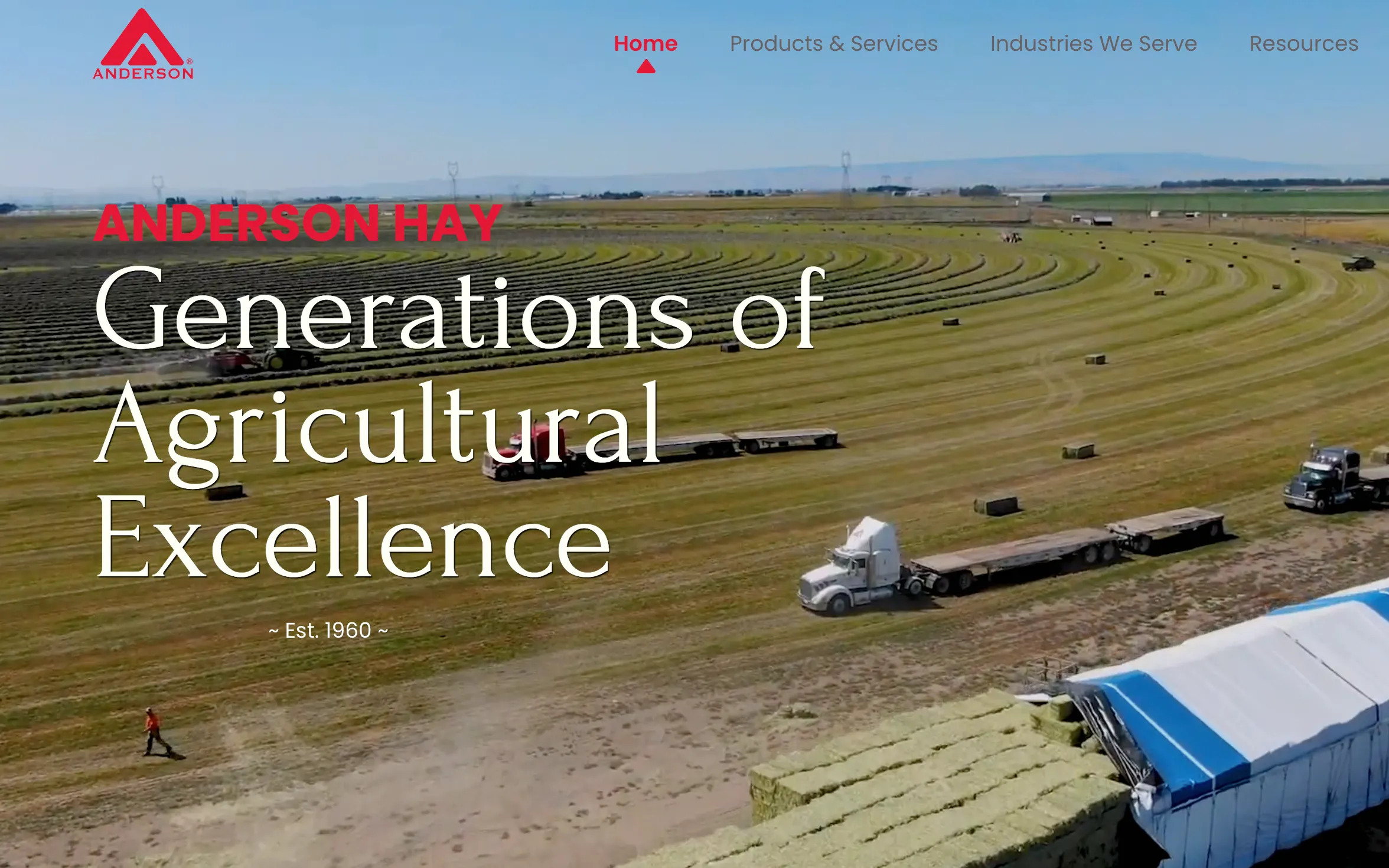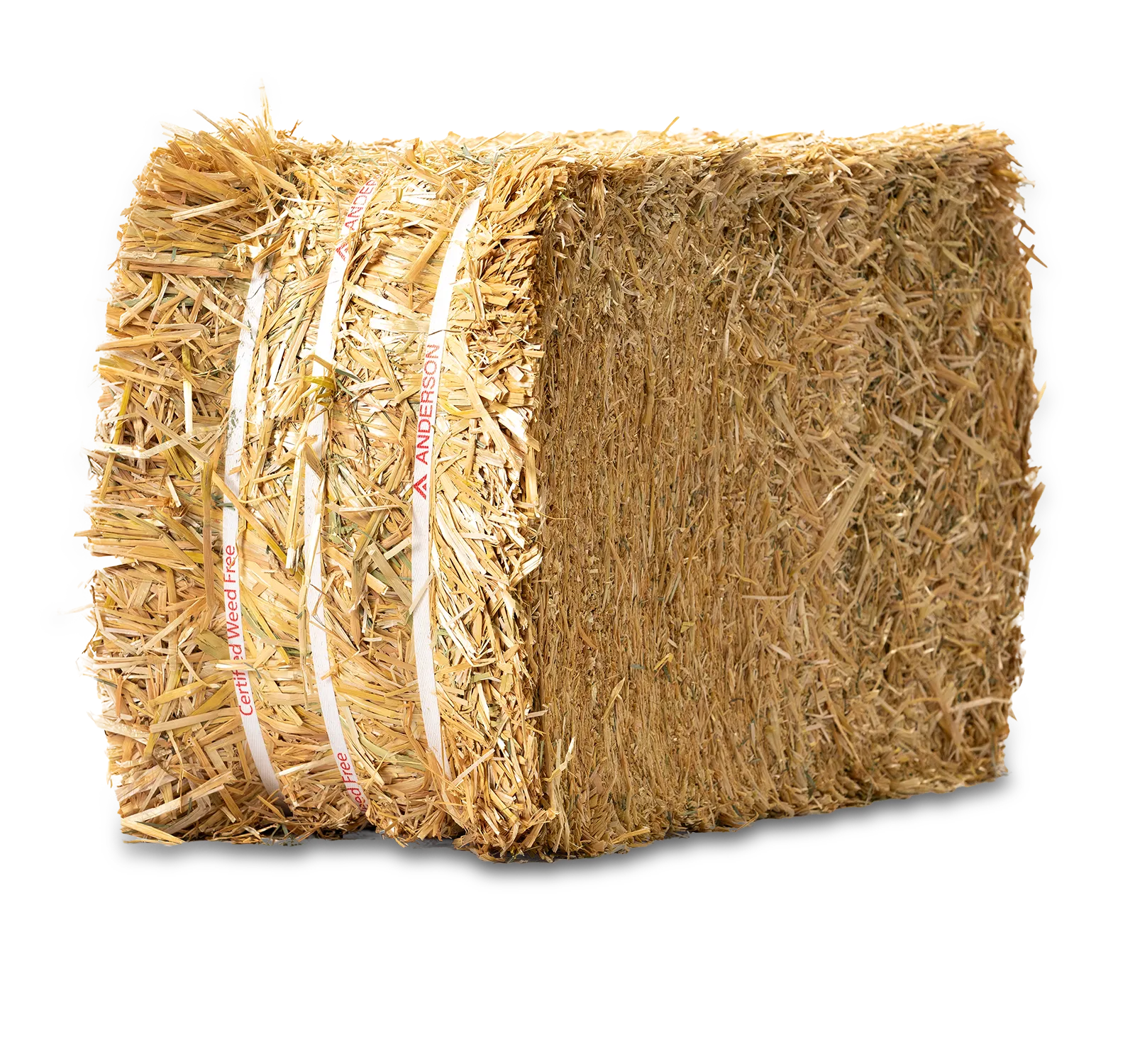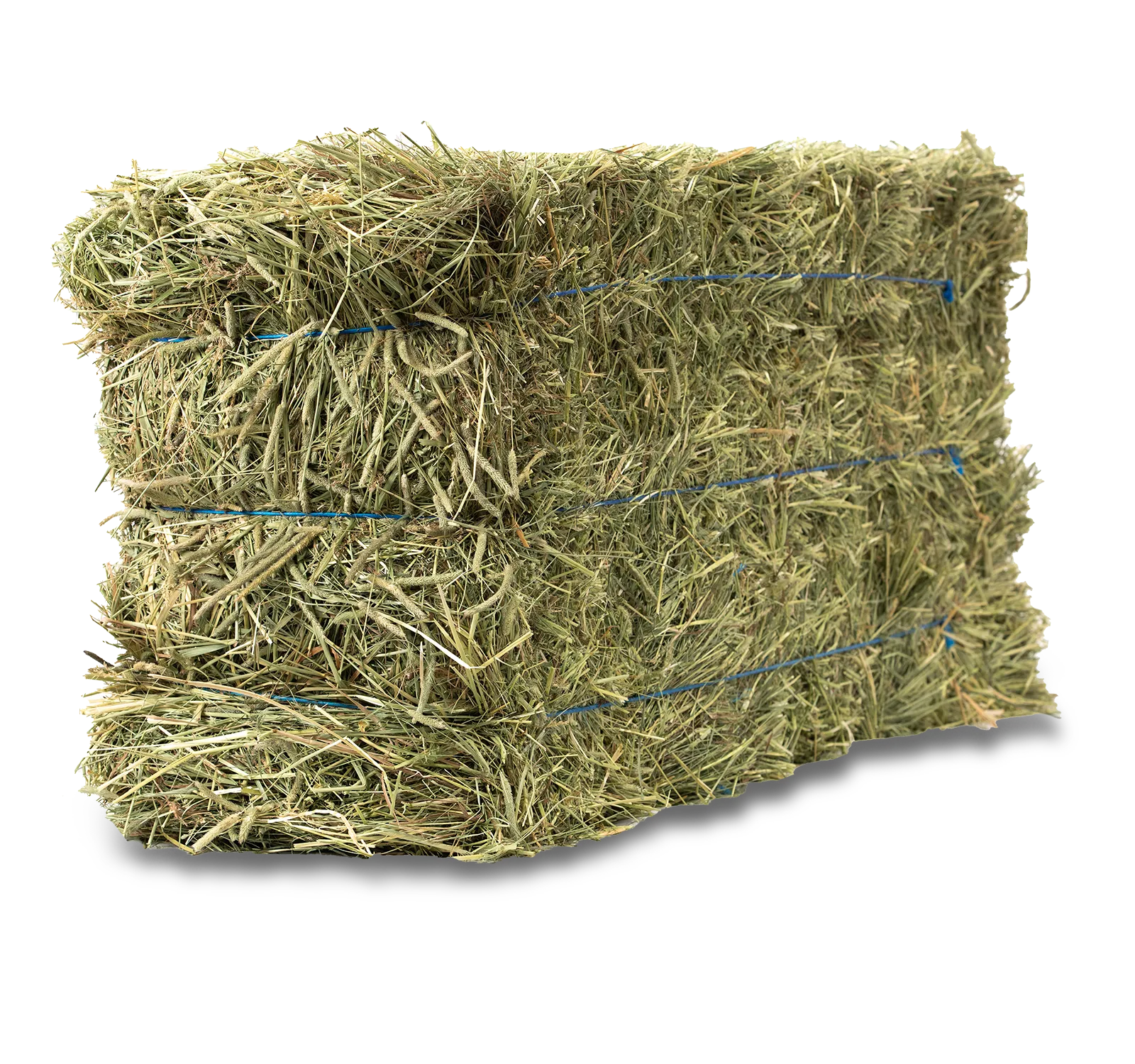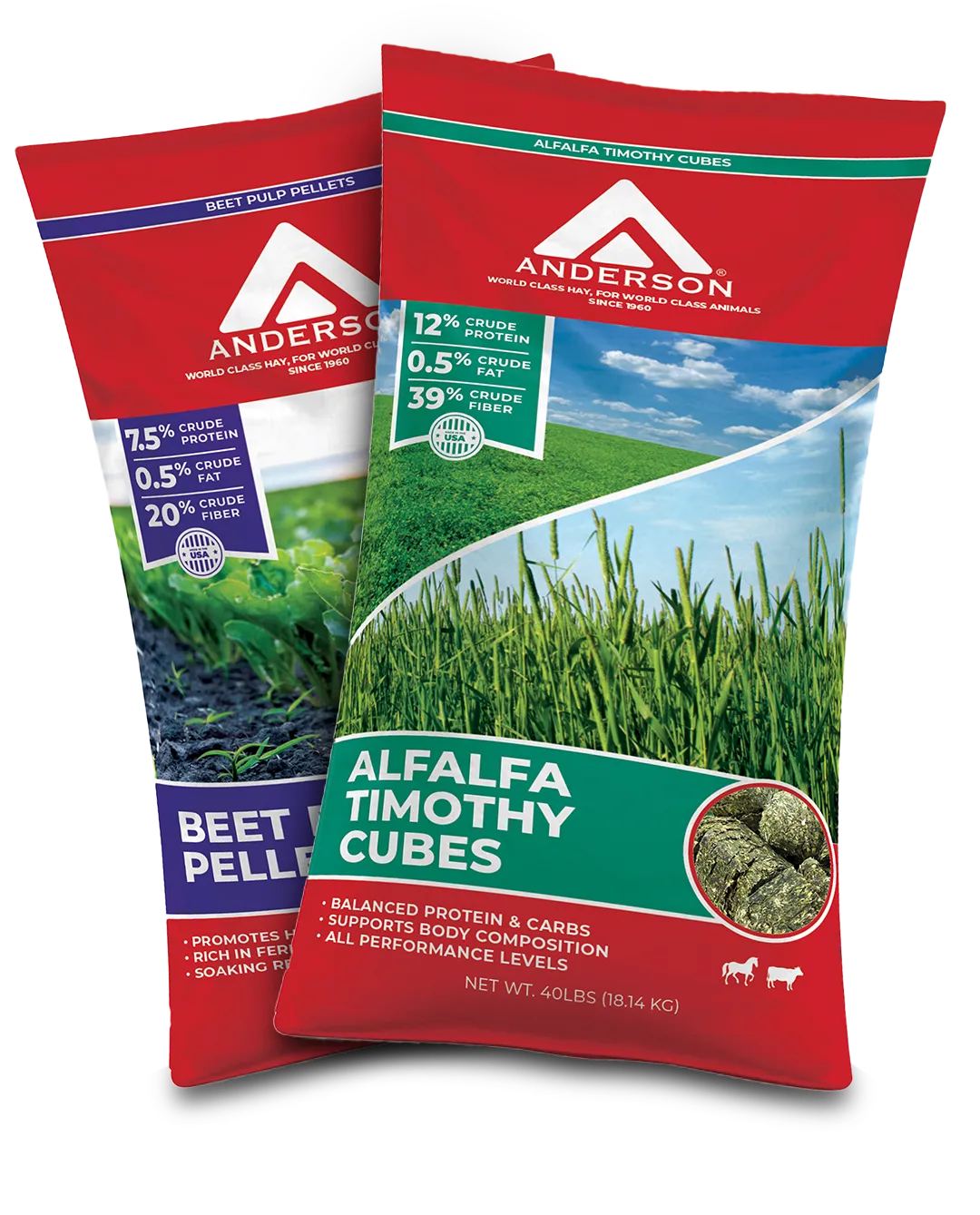Trust Grown in Every Bale
For horse owners, small-acreage farmers, and those who demand better hay, Anderson delivers clean, consistent, and dependable nutrition in every bale. Give your cherished companions the premium forage they deserve.
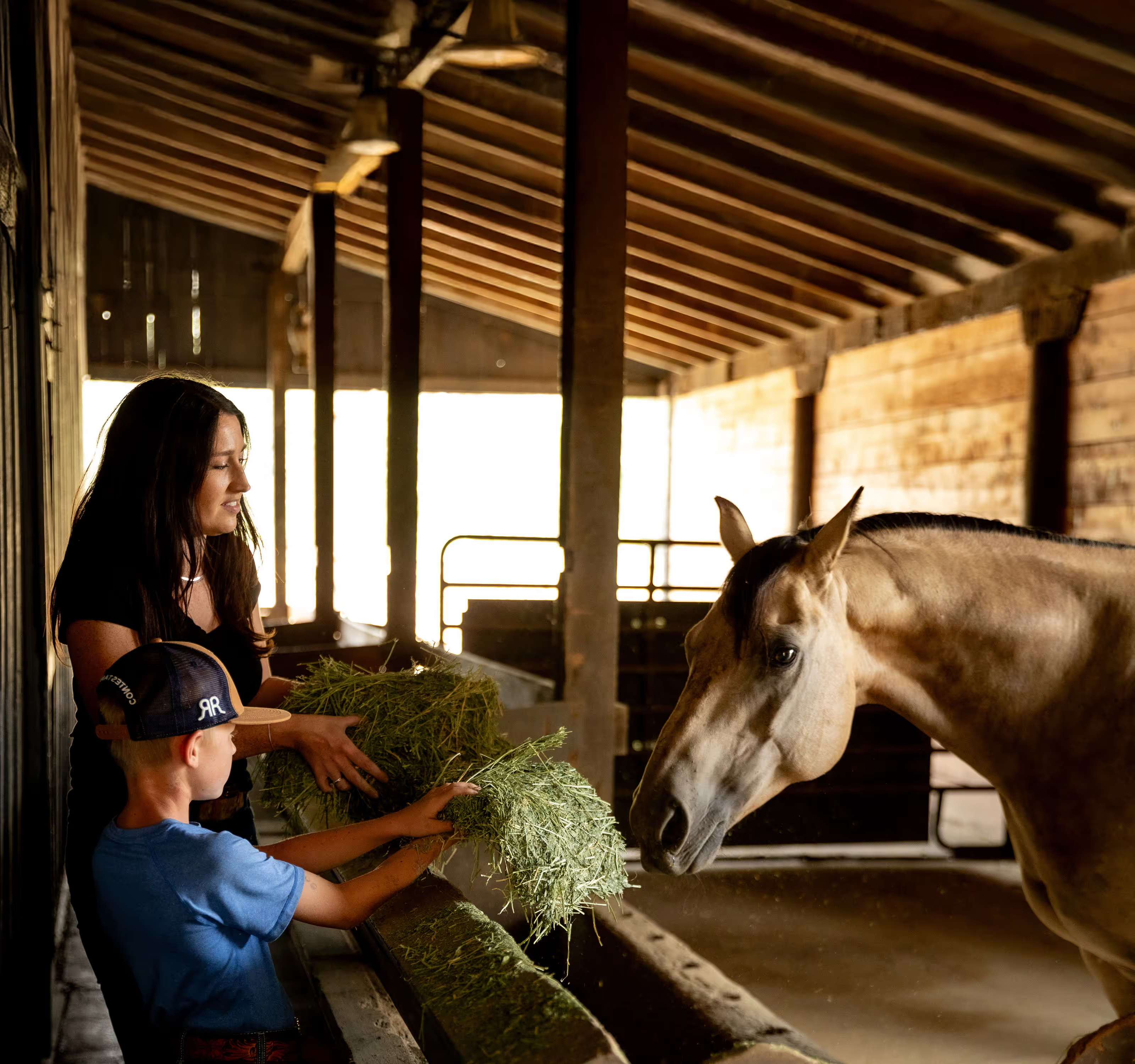
Trusted by Champions.
Counted on by Stores You Know.
Chosen for Champions
Bales fed at the Olympic Games.
In Stores You Trust
Coastal Farm & Ranch, North40 Outfitters, Family Center Farm & Home, and other trusted retailers.
Certified with Care
Official research forage partner of Kentucky Equine Research (KER).
The Forage You Need. The Quality You Trust.
One reliable source for clean, consistent hay and forage. Grown with care on family farms for generations, backed by decades of know-how, and ready for real-life feeding.
Feed with Confidence.
Every Bale, Every Time.
Not all hay is created equal. Inconsistent forage can affect your animal’s health and your peace of mind. That’s why—from the field to your feeder—every Anderson bale is handled with care.
Reliable Nutrition | Consistent quality helps support healthy digestion and weight maintenance.
Clean & Low-Dust | Handled with care to reduce respiratory risks, especially for sensitive horses.
Made to Feed Right | Well-packaged and easy to feed with no mess, no waste, no surprises.
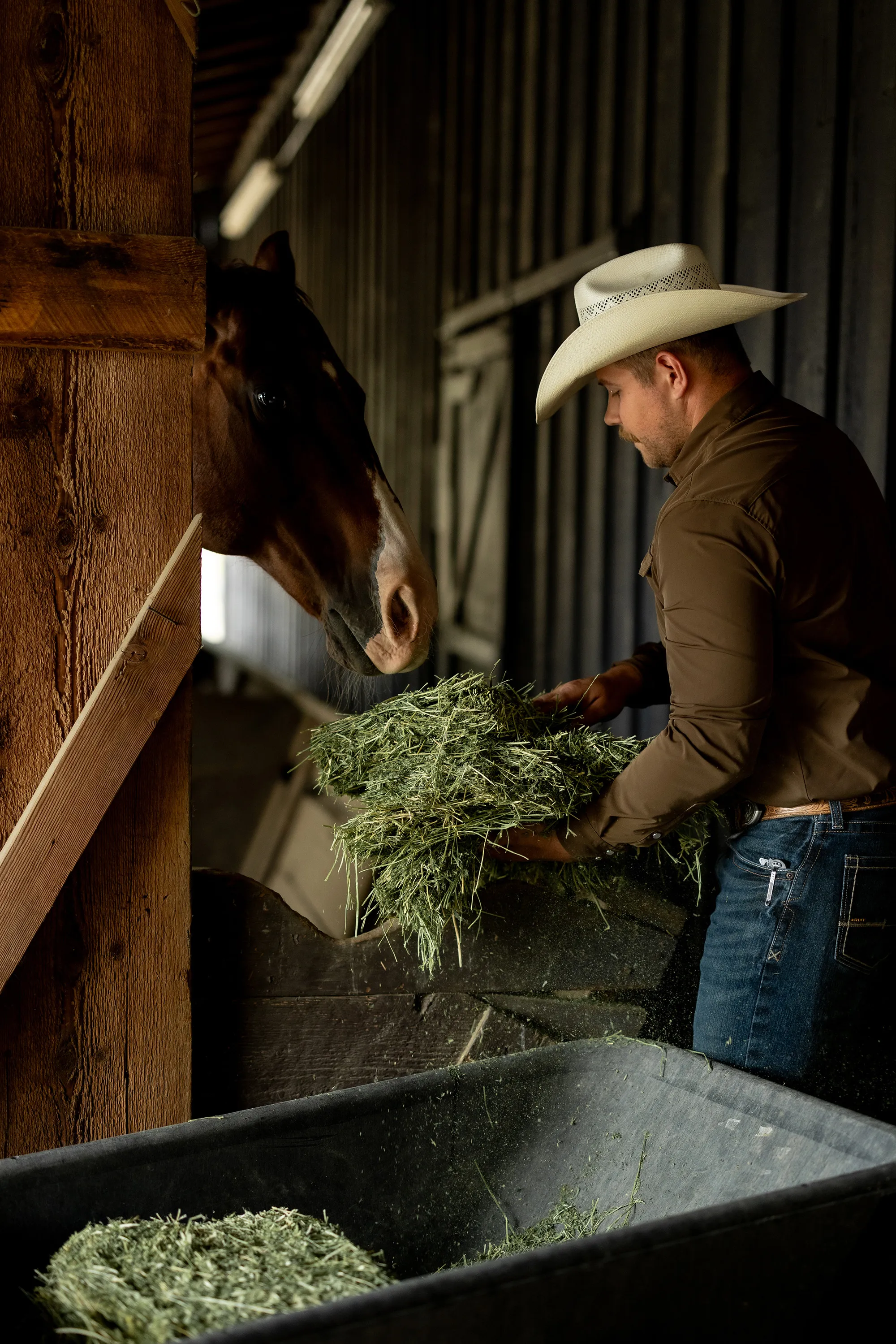
World Class Hay
for World Class Animals
We don’t just grow hay, we stand behind it. Every bale is handled with care, tested for quality, and made to deliver steady nutrition you can trust bale after bale.
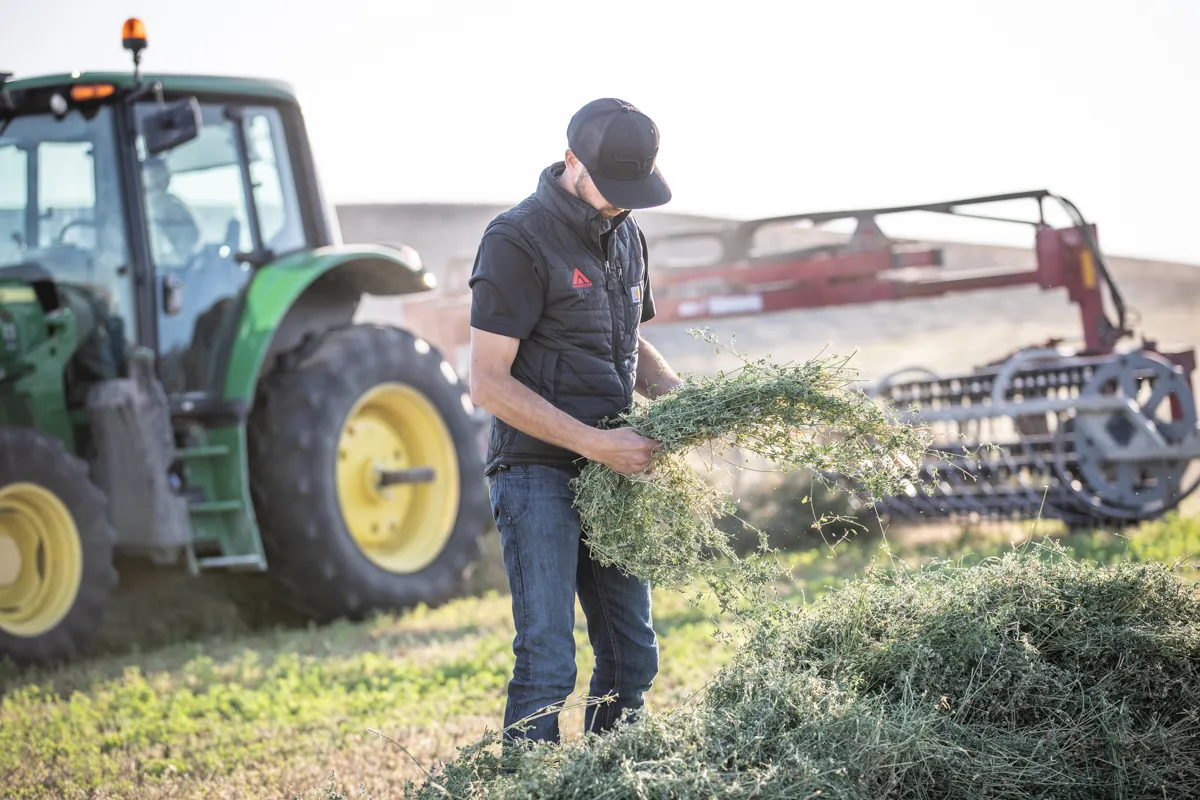
Clean Hay,
Flake After Flake
From seed to stack, we track every step so you get forage that’s fresh, dependable, and ready to feed.
Smart Packaging, Less Waste
Easy to store and easy to handle, our bales and bags are built to save time and reduce waste.
Proven in the Field and in the Lab
We team up with trusted experts and everyday owners so every bale supports your animal’s health without the guesswork.
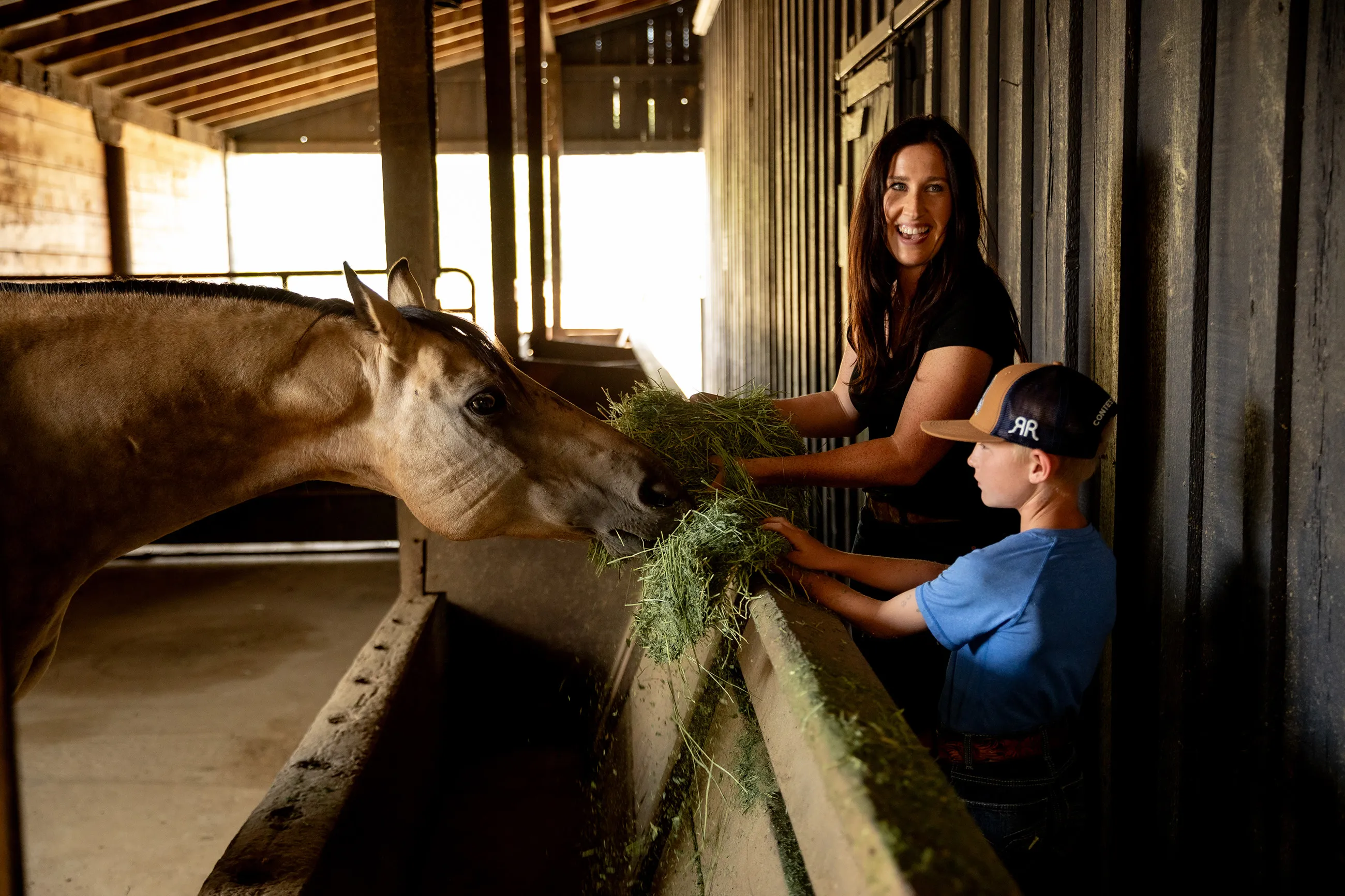
Forage That Fits Your Routine
Whether you’re feeding a backyard buddy or a barn full of champions, there's an Anderson Hay product made just for your routine and your needs.
Get to Know a Better Bale
Sign up for a digital coupon and see why more animal owners are choosing steady, trusted hay from Anderson—flake after flake.
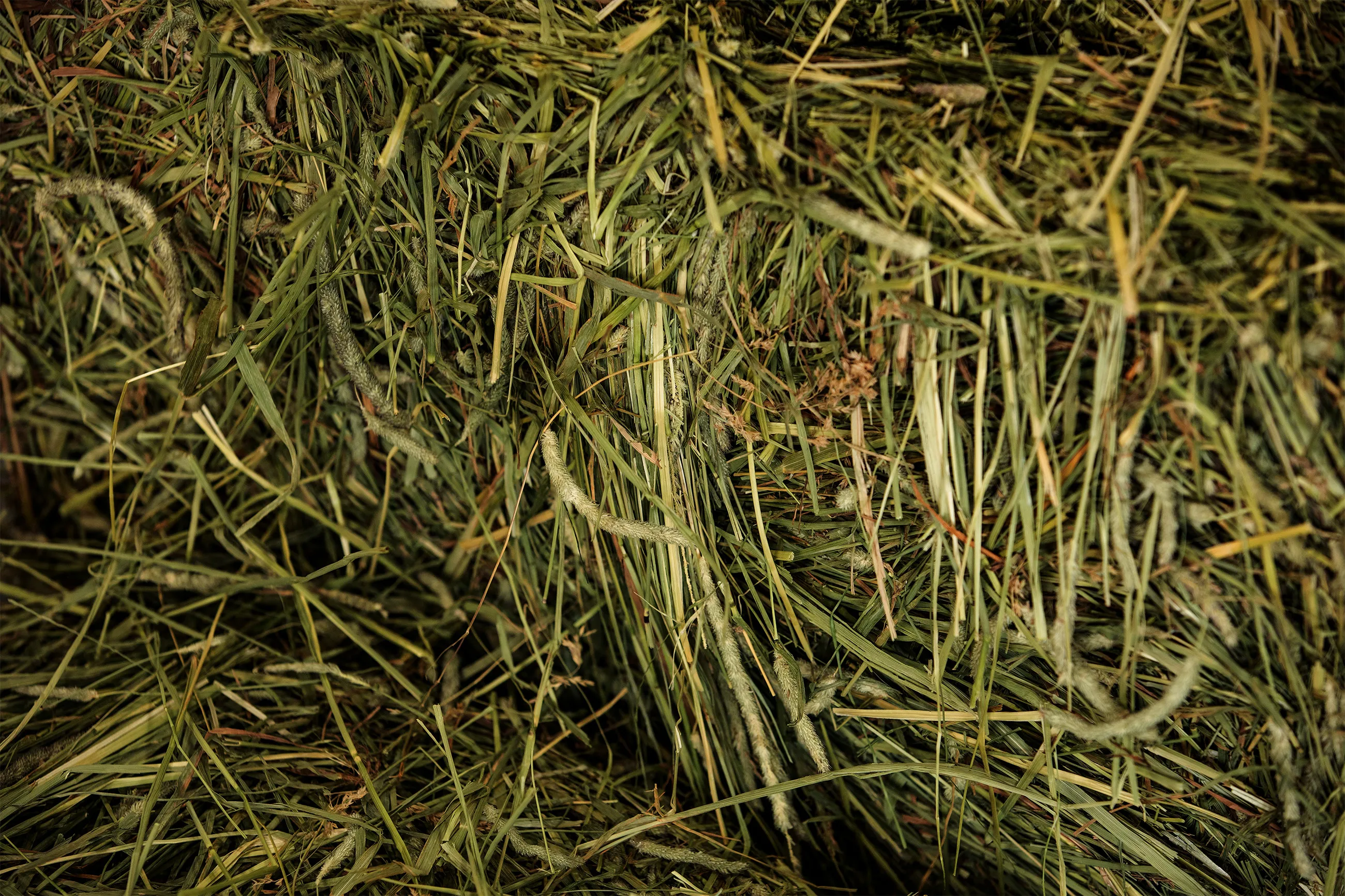
Find Anderson Hay Near You
Anderson is showing up where you already shop. See who’s stocking the hay you can count on.

